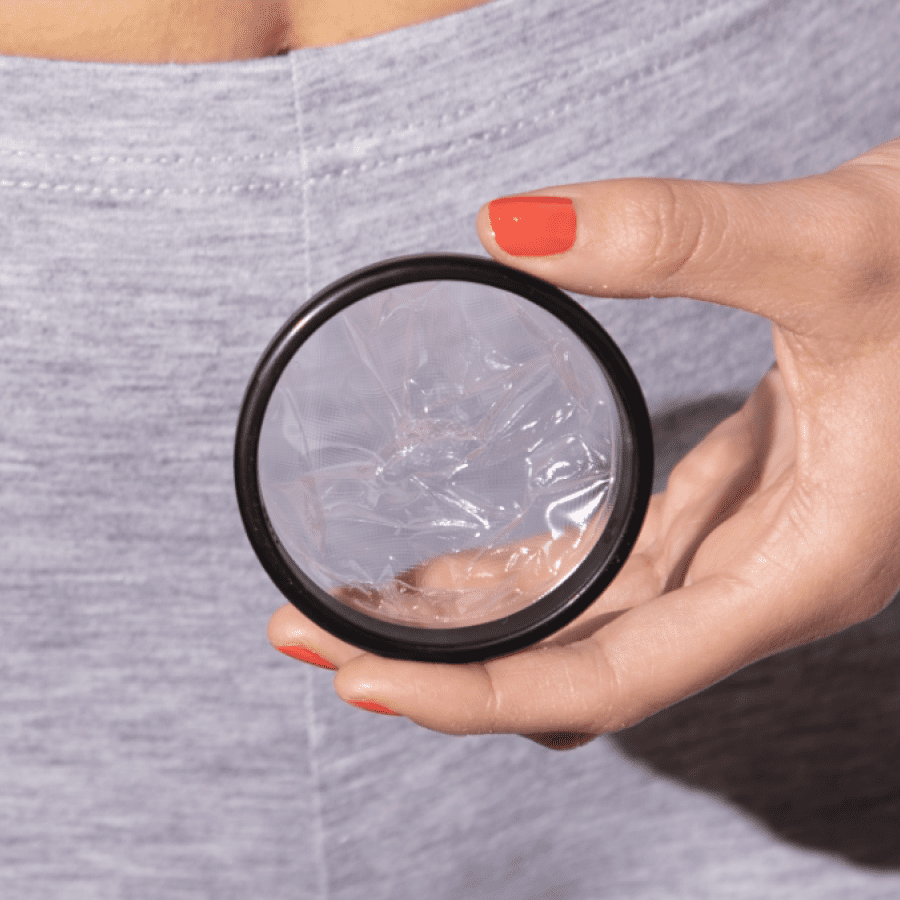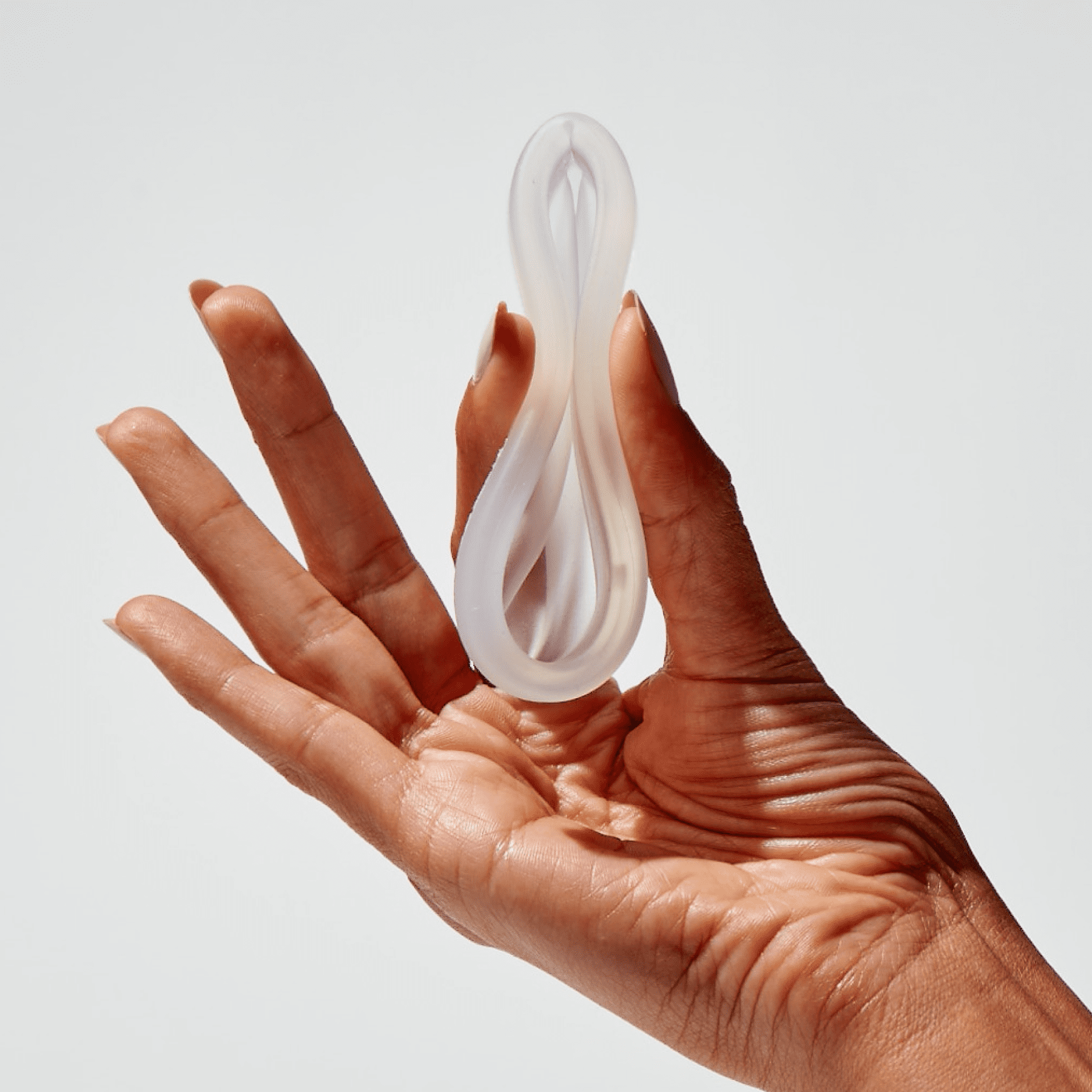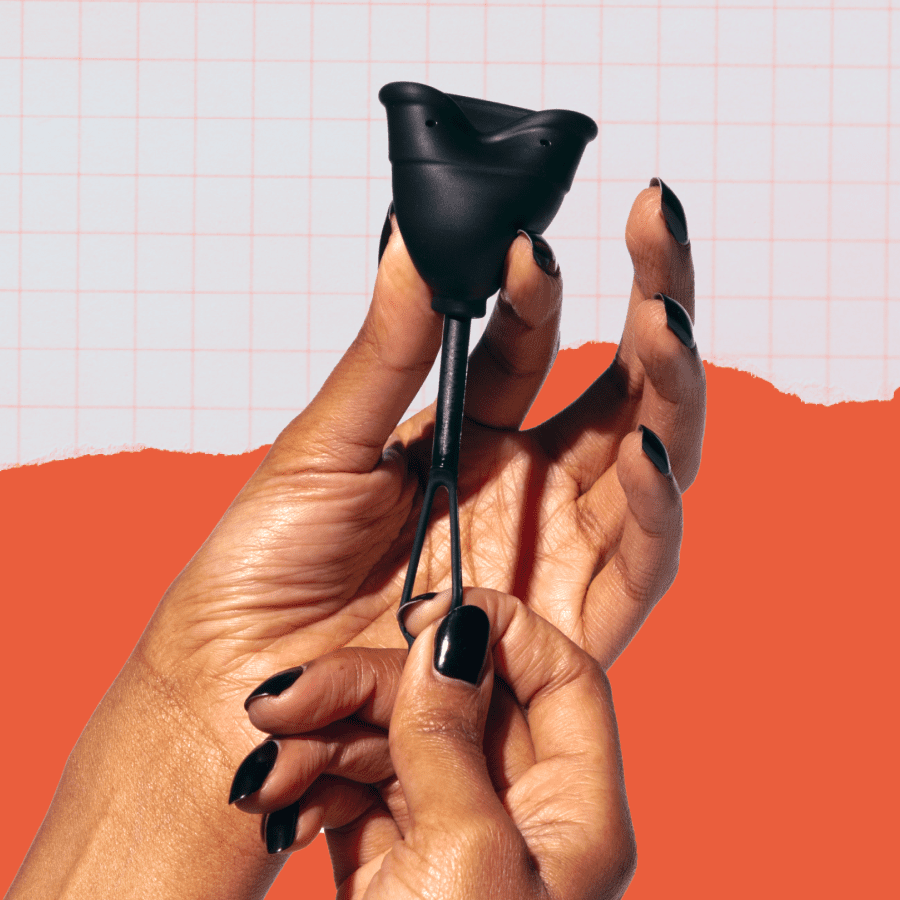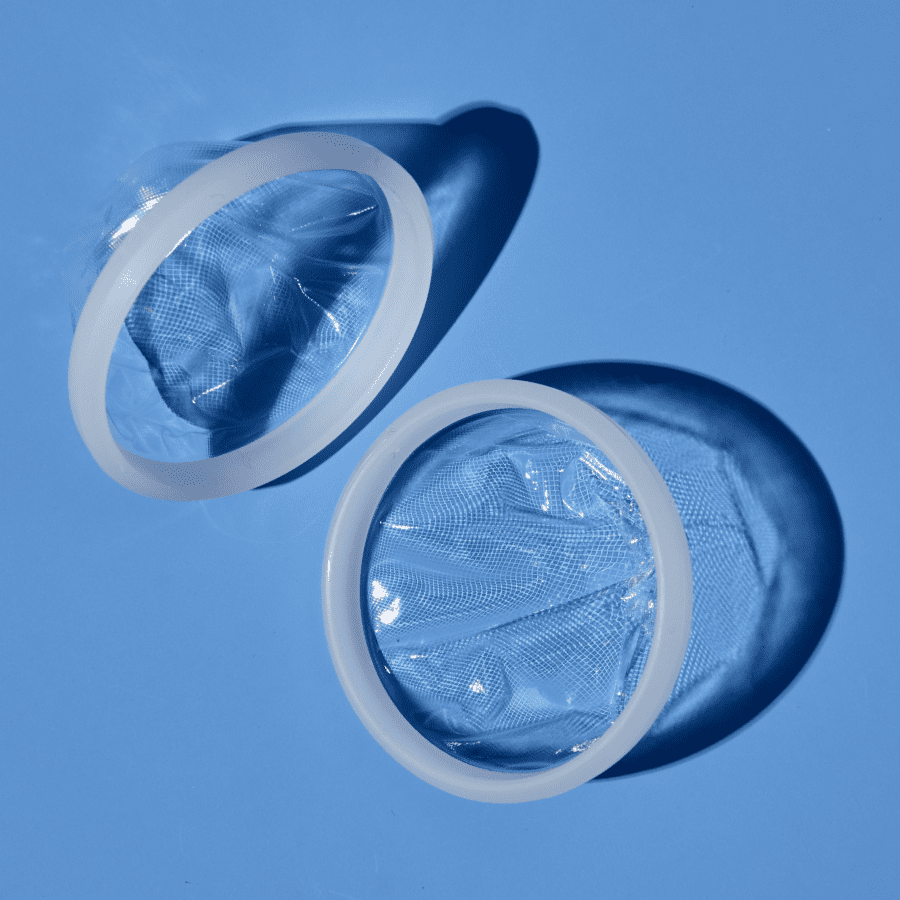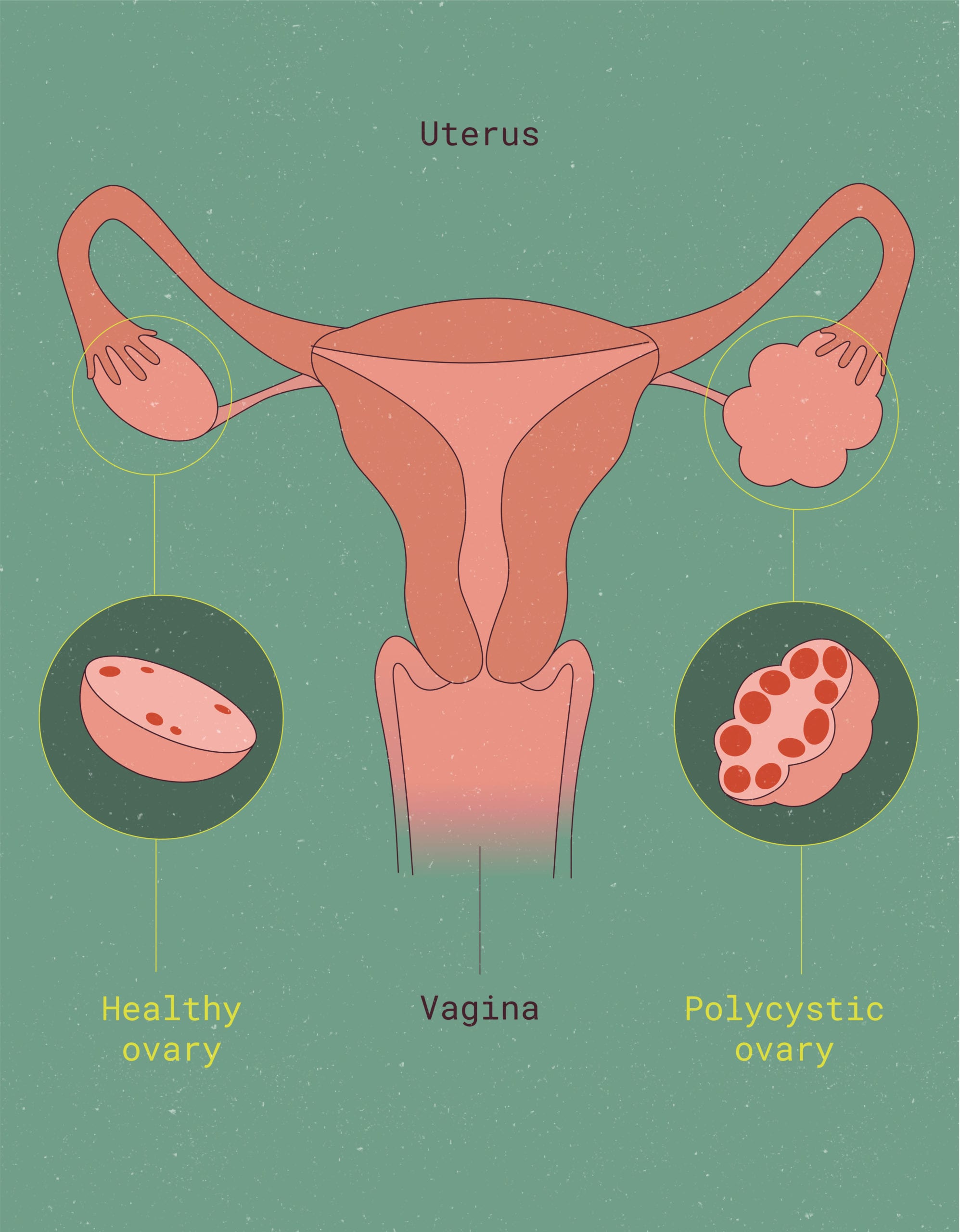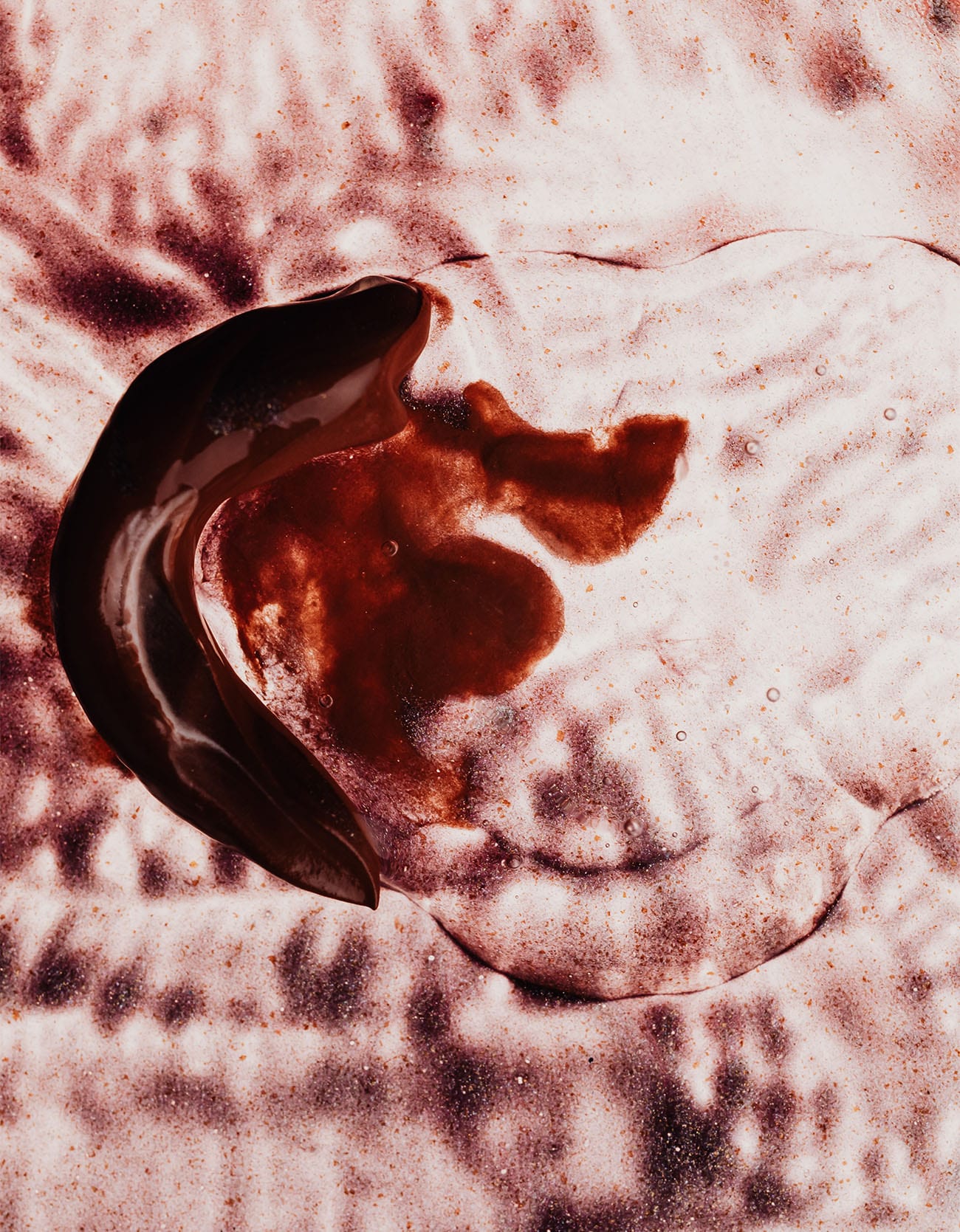When I first started my period in my teens, I was introduced to a whole new world of monthly symptoms – back pain, cramps, and terrible mood swings (you know – the ones that give you the superpower to kill someone with just one look).
And then, I was warned about the dangers of toxic shock syndrome.
First of all, I was absolutely terrified of the disease for years – without actually knowing anything about it – and my overactive imagination drove me to triple-check that every new strain of flu I caught was not, in fact, the dreaded TSS.
I know I was not the only one who clung to panic as protection rather than arming myself with knowledge (so, don’t be embarrassed). But now, as an adult, I want to make sure that others are equipped with the education they need.
While we can all soothe ourselves with the knowledge that TSS is a rare disease, it is still a pretty serious condition. Learning how to reduce the chances of contracting and recognizing the symptoms of TSS is beneficial for everyone. It helps you take appropriate action and seek medical help when needed.
What is Toxic Shock Syndrome?
Toxic shock syndrome is a rare and sometimes fatal complication of certain bacterial infections. It is most commonly caused by toxins produced by the Staphylococcus aureus (staph) bacteria. On some occasions, it is related to toxins from Streptococcus pyogenes or Group A streptococcus (strep infection). Yes, this is the same bacteria that can cause other infectious diseases like strep throat, impetigo or other skin infections. On rare occasions, Clostridium Sordellii bacteria can also be a cause of toxic shock syndrome.
TSS is a life-threatening condition caused by bacteria entering the bloodstream and releasing harmful toxins. Prompt recognition and urgent treatment for TSS is crucial.

Who can get toxic shock syndrome (TSS)?
Although toxic shock is normally associated with tampon use, it can affect anyone and everyone: Children, men, and postmenopausal women. Forgotten tampons are not the only thing that can cause TSS. Skin wounds, surgical incisions or gynecological procedures, and the use of products like menstrual cups, contraceptive sponges, cervical caps, or diaphragms are also risk factors that may increase the chances of developing toxic shock syndrome.
Around half of the cases of toxic shock syndrome reported each year, however, do affect menstruating women. And the illness has been specifically connected to super-absorbent tampons (along with a few cases linked to menstrual cup use).
How long has TSS been a known disease?
Toxic shock syndrome first hit public consciousness in the early 1980s when there was an outbreak of the syndrome, with over 800 cases and 35 deaths reported.
While the Center for Disease Control (CDC) linked it to menstruating women, especially those using tampons, it wasn’t immediately clear exactly why the illness was happening. After all, tampons weren’t exactly groundbreaking technology.
The media frenzy and panic grew as cases increased. The association of tampons with “toxic” and “shock” was terrifying. Could Stephen King have come up with something scarier?
Women started making the switch to sanitary napkins in droves — like, who wouldn’t?
The connection was made to high-absorbency tampons, especially “Rely” tampons. They were made of polyester foam and infused with chemicals in a race to create a superior product focused on absorbency.
High-absorbency tampons causing TSS were removed from the market. New regulations mandated warnings on all tampon products, leading to a decline in TSS cases.
However: In recent years, we’ve seen an uptick in numbers. In 2016, there were five cases reported across a three-month period in Michigan. Health authorities wondered if it had to do with a lack of public awareness – a possibility that is especially worrying.

Signs and symptoms of Toxic Shock Syndrome
TSS symptoms include:
- A sudden high fever
- Headache
- Muscle aches
- Vomiting and diarrhea
- Redness of eyes, mouth, and throat
- Sunburn-like rash
- Low blood pressure
- Abnormalities in multiple systems and organ failure/damage
- A dramatic peeling of areas such as the hands and feet
30% of the menstruators who get TSS are under the age of 19. In addition, women who have gotten TSS once have a higher risk of TSS.
Toxic Shock Syndrome Treatment & Prognosis
Luckily, thanks to modern medicine, your health care provider will be able to treat most cases successfully. But even then, it involves a stay in the hospital and IV fluids along with antibiotics. In some cases, hospitalization in the intensive care unit or surgery are needed.
Indeed, the worst cases can be life-threatening. Some severe cases also lead to the amputation of a limb, which sadly occurred when model Lauren Wasser lost her leg to TSS in December 2017.
Often, those who suffer the most are those who do not seek medical attention rapidly enough. This is because, in the beginning, toxic shock syndrome symptoms are similar to viral infection or flu symptoms. If, during your menstrual period, you think you may have signs of toxic shock syndrome, it’s important to get to the emergency room of your nearest hospital and checked immediately (like three days ago last Wednesday-immediately).
What causes TSS?
In menstruating women, there is basically one route to TSS: The uninvited guest known as staphylococcus aureus. Staph aureus, a bacteria that resides on our skin, typically doesn’t cause any issues. However, when a tampon is inserted, it can introduce staph aureus from the skin into your vagina.
When tampons are left in for long time, bacteria thrive and produce toxins, causing problems in your body.
These toxins are superantigens that prompt the immune system to massively overreact to an infection, causing the body to go into shock as inflammation spreads and a fever rises.
Women affected by Toxic Shock Syndrome may have a weak immune system, lacking a protective anti-toxin antibody. This increases their risk of reinfection and highlights the importance of not placing any products in the vagina.
Freaked out? Remember, TSS is rare and there are many ways to reduce your risk of getting it.

Can men get toxic shock syndrome?
Yes, although toxic shock syndrome (TSS) is more commonly associated with the use of a tampon, men can also get TSS. It can be caused by certain types of bacteria, such as Staphylococcus aureus, which can enter the bloodstream through open surgical wounds or scrapes.
How to prevent TSS
Here are four simple rules to preventing toxic shock syndrome:
- Never wear a period product for longer than indicated by the manufacturer. For tampons, the maximum is eight hours; for most menstrual cups, it’s 12 hours.
- Don’t use “super” absorbency tampons.
- Avoid wearing tampons overnight.
- Wash your hands thoroughly before and after changing your period product.
Don’t believe urban myths about natural or organic cotton tampons providing complete protection. Unfortunately, there is no way to fully safeguard yourself from tampon-related TSS; indeed, the model who lost her leg reported changing her tampon three or four times on the day she contracted the serious illness. If you experience any signs of TSS, seek medical care immediately.
To improve peace of mind, it’s better to use a product with no reported cases of TSS so far— such as a menstrual disc. Menstrual discs offer many of the same benefits as tampons, and then some. They’re worn internally, ideal for active lifestyles, only have to be changed every 12-hours, and offer worry-free coverage to manage your menstruation.
So, no need to switch back to sanitary pads.

